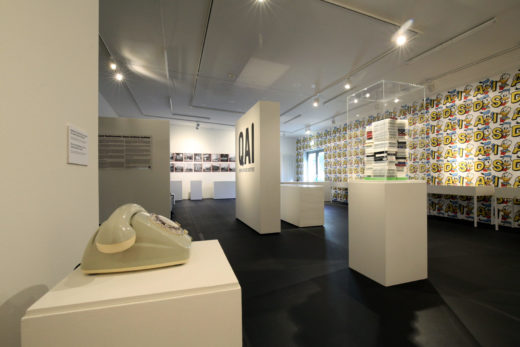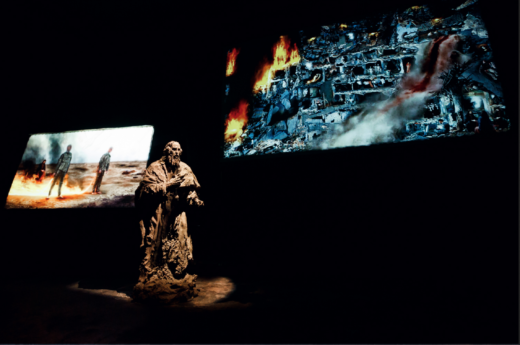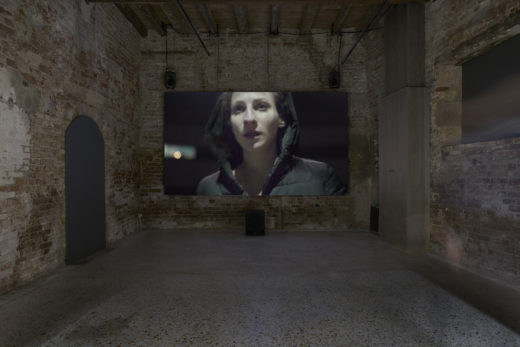Karol Radziszewski: Queer Archives Institute at Berlin’s Gay Museum
Karol Radziszewski: Queer Archives Institute, Schwules Museum, Berlin, June 20 – September 23, 2019
From June 20 to September 23, 2019, Berlin’s Schwules Museum [Gay Museum] hosted an exhibition of queer archives from Eastern Europe collected and presented by Karol Radziszewski, Polish artist, activist, and founder of the Queer Archives Institute (QAI). The QAI is among the most extensive and most visible of a number of queer archives recently founded in Poland and in other Central and East European countries, where celebrating and memorializing non-heteronormative lives and cultural production remains a novelty, perhaps even a rarity. Historically, these countries differed … Read more













